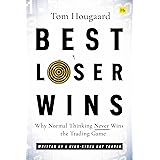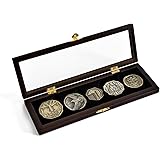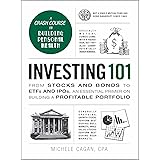Investing is an important part of building a solid financial foundation, but it can be intimidating for new investors. There are many different options and risks to consider, but understanding the purpose, process and types of investments can help people feel more confident about their investment strategy. TD Ameritrade, eToro and Charles Schwab are popular online brokerages for beginners, and they offer free trading to all customers. TD Ameritrade also offers a practice portfolio feature, which is a great way to get familiar with investing before putting real money into the market.
One of the best ways to build a diversified portfolio is with exchange-traded funds, or ETFs. These investments track markets and industries and trade just like stocks, making them an easy way to create a portfolio that matches specific goals and risk tolerances. ETFs are available on most investing platforms, including online brokerages and retirement account providers. They can also be purchased through many app-based brokers, such as Robinhood. To find the right ETFs for their portfolios, investors should research each fund’s investment objectives and strategies, its underlying index and its expense ratio. They should also look at past performance to see if the ETFs have performed well in both good and bad market conditions.
In addition to ETFs, there are a number of other types of investments that can be used in a diversified portfolio. Bonds are a popular choice, and they can provide regular income while helping to diversify a portfolio. They can be held in a traditional brokerage account or an IRA, and they generally won’t generate taxable income until they are sold or withdrawn from the account.
Another option is to use an equity ETF, which tracks the performance of a basket of stock securities. These ETFs can be bought and sold at any time, and they can be a good way for new investors to get started in the stock market. However, these funds can be very volatile and are not suitable for all investors.
Before investing in any type of ETF, it’s a good idea to check its investment objectives, costs and potential returns with the fund’s prospectus, which can be found on the SEC’s EDGAR website. A good way to do this is to use an ETF screener, which can be accessed through most online brokers. It’s also a good idea to check whether the ETF has any industry or market specific bias, which can influence its performance. In addition, it’s a good idea to review the investment history of the ETF and its underlying index, as well as its trading volume and expenses.









